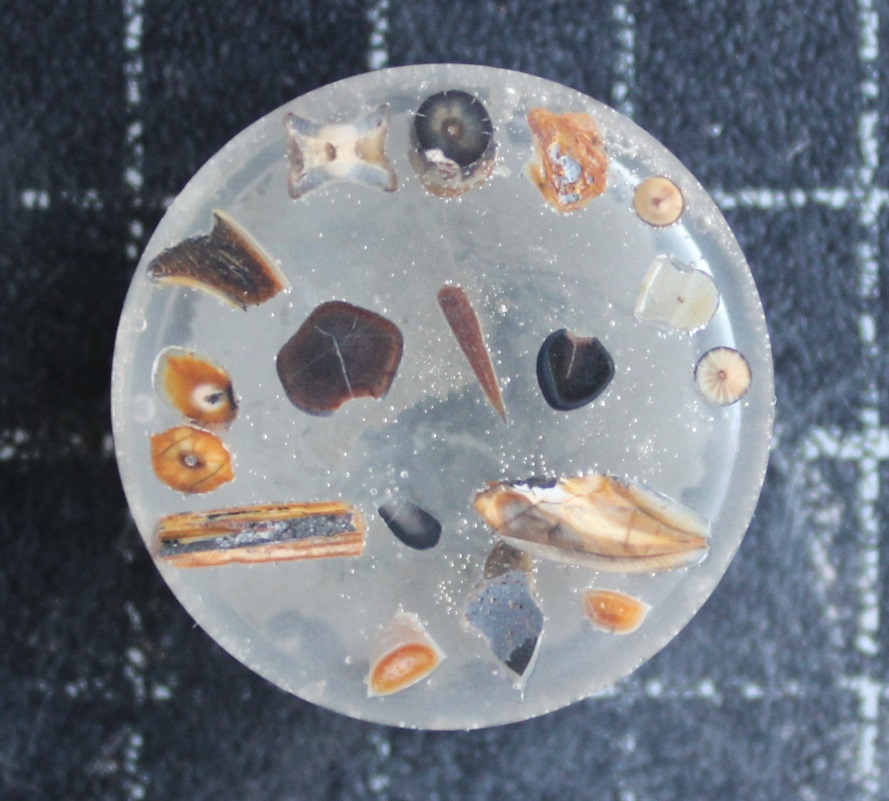
Rare- Earth Element geochemistry of fossil bones and teeth
Bone fossilization can be viewed as the process of recrystallization of biogenic apatite to carbonate fluorapatite (francolite) …

Bone fossilization can be viewed as the process of recrystallization of biogenic apatite to carbonate fluorapatite (francolite) and during this process many trace elements can be incorporated into the fossil bones. When the bone exposed to these, the concentrations of rare-erath elements increase dramatically in a relatively short time and during the fossilization, hence the buried bones record fingerprints or signatures diagnostic of the burial environment. Based on these listed features, the bones that recrystallized in different depositional settings inherit different trace-element composition and thus variations in the trace-element signatures within a bonebed can be used to infer post-depositional transport and mixing of vertebrate assemblages and to unravel the accumulation histories of such mixed faunas.

Bone fossilization can be viewed as the process of recrystallization of biogenic apatite to carbonate fluorapatite (francolite) …

The studies of the Iharkút fish-fauna turned to be an unexpectedly informative segment of our researches…

The Triassic placodont marine reptiles lived in the shallow sea of the western (Europe and Middle East) and eastern region (China) of the Tethys …

I.A. Efremov was the first palaeontologist who defined the taphonomy as “the study of transition of animal remains from the biosphere into the lithosphere”…